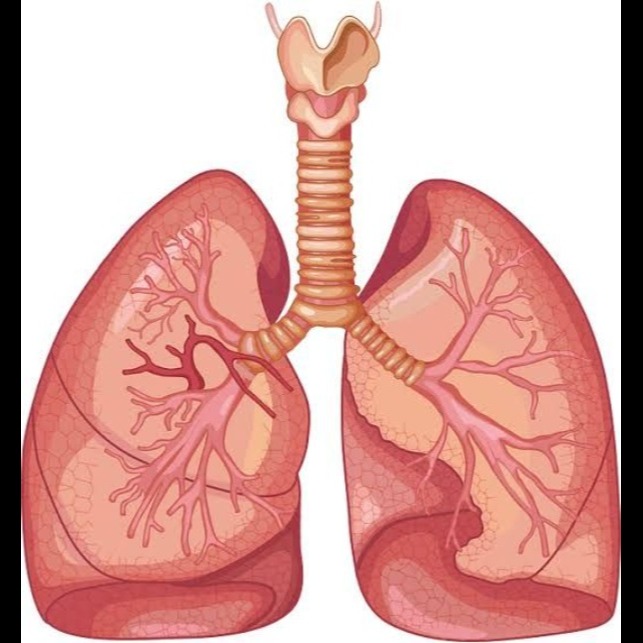+918048036246

This is your website preview.
Currently it only shows your basic business info. Start adding relevant business details such as description, images and products or services to gain your customers attention by using Boost 360 android app / iOS App / web portal.
chest ultrasound

Chest ultrasound in rohini delhi Dr. Mittal Diagnostic Centre C-8/193 sector 8 Rohini Delhi 9811552279 7827070020 A chest ultrasound, or transthoracic ultrasonography, is a non-invasive imaging test that uses sound waves to create real-time images of the lungs, heart, pleural space, and other structures within the chest. A transducer is placed on the skin to send sound waves that bounce off internal structures and return as echoes, which are then translated into images. It's a useful tool for detecting pneumothorax, pleural effusion (fluid around the lungs), pulmonary consolidation (like pneumonia), and for guiding procedures such as thoracentesis (fluid removal). How it Works 1. Sound Waves: A handheld device called a transducer sends high-frequency sound waves into the body. 2. Echoes: These sound waves reflect off different tissues and structures within the chest, creating echoes. 3. Image Formation: The transducer captures these returning echoes, which are then processed by a computer to generate a live, moving black-and-white image on a monitor. What It Detects Chest ultrasound can identify various abnormalities, including: Pneumothorax: Air in the space between the lung and chest wall. Pleural Effusion: An abnormal buildup of fluid in the pleural space. Pulmonary Consolidation: Dense areas in the lung, often indicative of pneumonia. Interstitial Syndrome: Conditions like pulmonary edema (fluid in the lung tissue). Diaphragm Movement: How well the diaphragm is functioning. Uses Diagnosis: Rapid diagnosis of conditions like pneumonia, air in the chest, or fluid buildup. Guidance for Procedures: Guiding needles for biopsies or to remove fluid, making these procedures safer and more effective. Monitoring: Tracking changes in lung conditions over time. Point-of-Care Tool: Used directly at the patient's bedside in intensive care units and emergency departments, avoiding the need to move patients or wait for other tests. Advantages No Ionizing Radiation: Unlike X-rays or CT scans, it does not use harmful radiation. Real-time Imaging: Provides immediate, live views of chest structures. Non-Invasive: It's a simple, safe procedure performed on the skin's surface. Portable: Can be performed at the patient's bedside.

